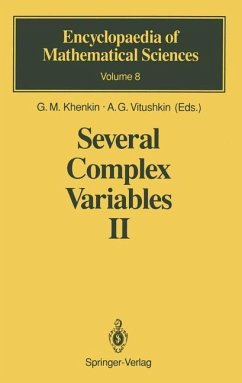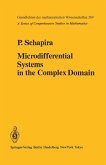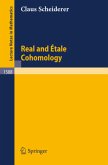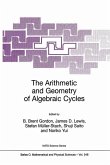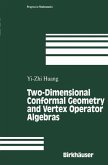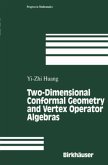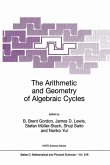Plurisubharmonic functions playa major role in the theory of functions of several complex variables. The extensiveness of plurisubharmonic functions, the simplicity of their definition together with the richness of their properties and. most importantly, their close connection with holomorphic functions have assured plurisubharmonic functions a lasting place in multidimensional complex analysis. (Pluri)subharmonic functions first made their appearance in the works of Hartogs at the beginning of the century. They figure in an essential way, for example, in the proof of the famous theorem of Hartogs (1906) on joint holomorphicity. Defined at first on the complex plane IC, the class of subharmonic functions became thereafter one of the most fundamental tools in the investigation of analytic functions of one or several variables. The theory of subharmonic functions was developed and generalized in various directions: subharmonic functions in Euclidean space IRn, plurisubharmonic functionsin complex space en and others. Subharmonic functions and the foundations ofthe associated classical poten tial theory are sufficiently well exposed in the literature, and so we introduce here only a few fundamental results which we require. More detailed expositions can be found in the monographs of Privalov (1937), Brelot (1961), and Landkof (1966). See also Brelot (1972), where a history of the development of the theory of subharmonic functions is given.
Bitte wählen Sie Ihr Anliegen aus.
Rechnungen
Retourenschein anfordern
Bestellstatus
Storno

